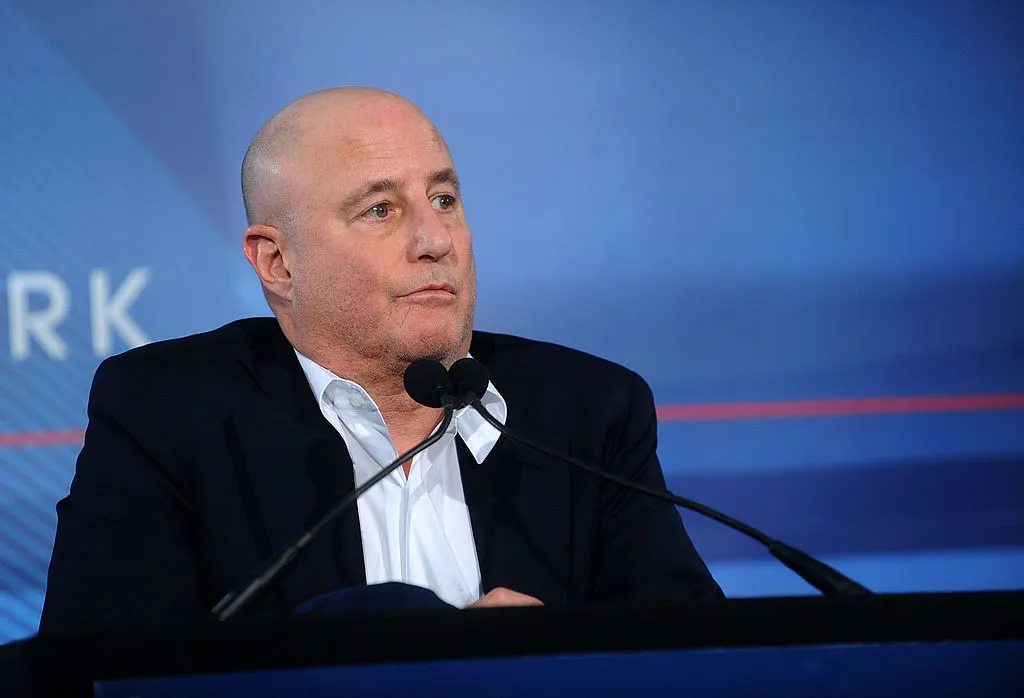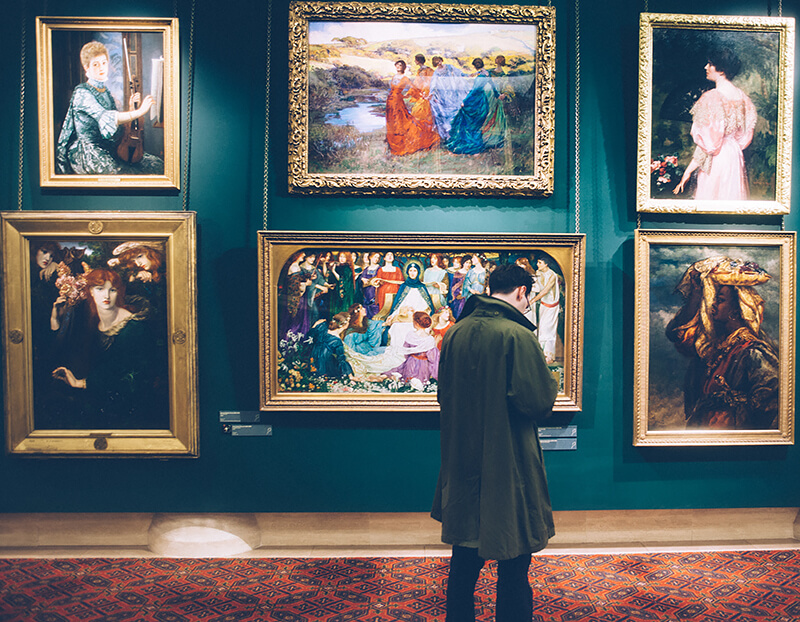In a significant move to address his financial obligations, billionaire collector Ron Perelman has sold 71 artworks valued at $963 million. This sale, conducted between 2020 and 2022, included masterpieces by iconic artists such as Pablo Picasso, Andy Warhol, Jean-Michel Basquiat, and others. The proceeds were primarily used to repay a substantial portion of his debts.
Background and Details
Ron Perelman, known for his extensive art collection, had pledged shares of his cosmetics company, Revlon, as collateral for a major loan from Deutsche Bank. When Revlon’s stock plummeted, Deutsche Bank demanded repayment, prompting Perelman to liquidate a significant portion of his art assets to satisfy the debt.
The artworks sold encompassed a diverse range of modern and contemporary art, featuring works by notable artists like Francis Bacon, Willem de Kooning, and Jackson Pollock. These sales were facilitated through a combination of auctions and private transactions, with major sales venues including Sotheby’s.
Financial Impact
Out of the $963 million raised from the sales, $910 million was allocated to settle Perelman’s debts. Despite these substantial sales, Perelman remains financially active, though his net worth has significantly decreased from his peak of $19 billion in 2018. As of May 2024, Forbes lists his net worth at approximately $1.9 billion.
Legal and Market Reactions
This massive art sale has not only influenced the art market but has also been intertwined with ongoing legal disputes. Perelman is currently involved in litigation with a consortium of insurers over a 2018 fire at his Hamptons estate, which he claims damaged several blue-chip artworks. The insurers allege discrepancies in Perelman’s statements about the artworks’ status during the fire.
Key Transactions
Noteworthy transactions included the sale of two Brice Marden paintings to billionaire Kenneth C. Griffin, brokered by mega-dealer Larry Gagosian. These works, “Letter About Rocks #2” and “River 4,” fetched $30 million and $9.5 million, respectively.
Conclusion
Ron Perelman’s decision to sell a substantial portion of his art collection to repay debts underscores the complex interplay between art, finance, and personal fortune. As these high-value artworks transition to new owners, the art market remains closely attentive to the movements and decisions of its most influential collectors.
For more detailed information, you can read the full articles on Artnet News and BNN Bloomberg.
























